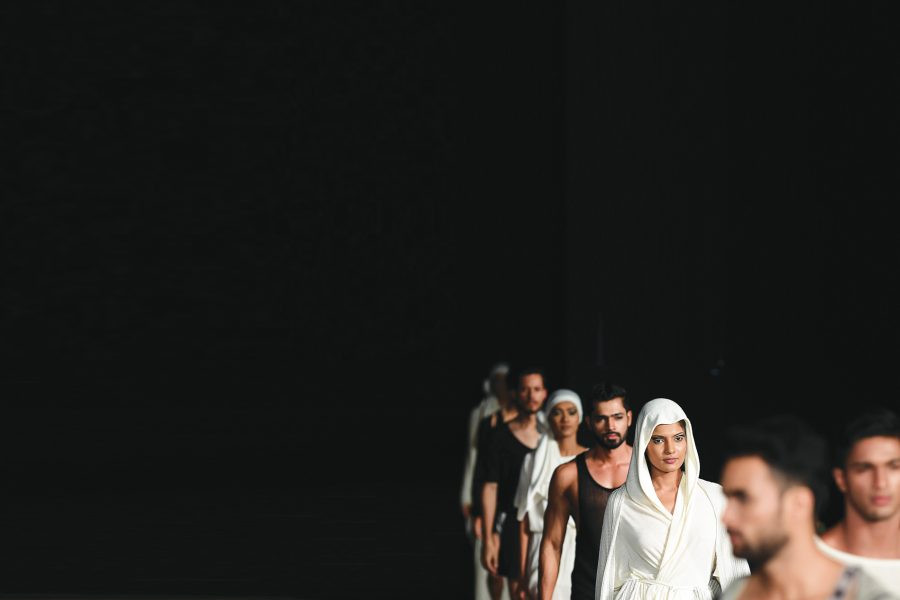‘Those of us in fashion here don’t like to think in terms of pre- and post-war.’ Annika Fernando, the owner of fashion-forward Colombo label PR, is standing in her brand’s whitewashed, glass-clad boutique. Around her, elegant shirts and beautifully draping dresses sit in minimal wooden cabinets. Jewellery, at once unmistakably Sri Lankan and utterly modern, hangs from fabric mannequins. Fernando continues: ‘But the end of the war has brought unprecedented economic stability to Sri Lanka.’
It’s understandable that the Colombo-reared fashion entrepreneur doesn’t want to talk about the war. For 26 years, civil conflict tore the South Asian island nation apart. But in 2009 the veil of war lifted – and on the other side, there was a new era. Economic stability came to the isle. So did the tourists. And in turn, the creative industries found a new freedom of expression.
Fashion, in particular, was a beneficiary – and today, there is a genuinely intriguing scene brewing in the Sri Lankan capital.
‘Our fashion landscape has never looked better for up-and-coming talent,’ says Fernando. ‘International shoppers will find more diverse aesthetics and wearable, world-class style options than ever before.’
Even ten years ago, that wasn’t the case. The country was at the height of its civil war, fashion on the island was years behind the rest of the world and local retailers were not interested in selling Sri Lankan designers.

Credit: Kesara Ratnavibhusbana
Those were dark days,’ says Ajai Vir Singh, founder and president of Colombo Fashion Week. In 2003, Singh and a group of forward-thinking entrepreneurs launched CFW, seeking to groom young designers and guide established ones through commercial opportunities on the island and beyond. The event, now named HSBC Colombo Fashion Week, can today claim much of the credit for this emerging fashion capital’s growth. But even with its ambition, CFW’s influence would only come in the aftermath of the war, when other like-minded institutions appeared.
The most significant was Melaché, Colombo’s first fashion incubator, which launched in March 2010.
‘Before Melaché, the concept of wearing Sri Lankan fashion barely existed; the choices were extremely limited,’ says Melanie Wijesinghe, Melaché’s London-based Sri Lankan owner. ‘A few true designers operated here and shows like Colombo Fashion Week existed, but the market lacked for retail outlets. I made it my mission to build awareness and access.’
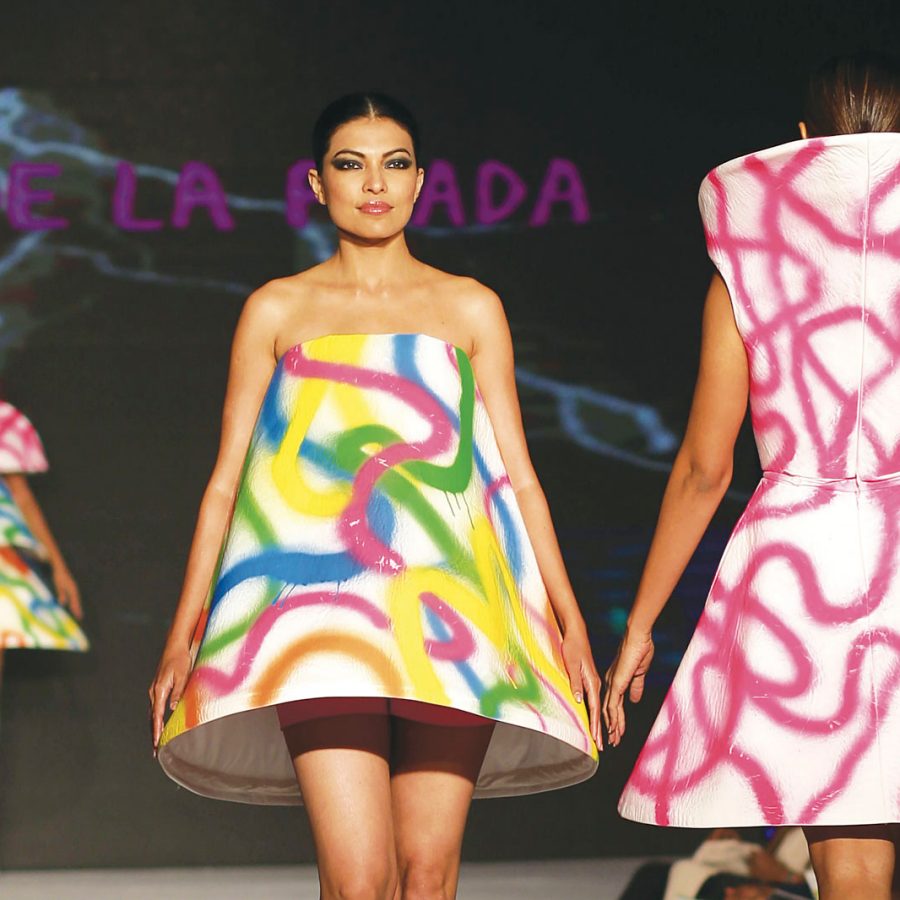
Credit: Pamod Nilru/Demotix/Corbis
Melaché has nurtured some of the country’s top young talents and given them a real gateway to the broader fashion consciousness. Among them is Dimuthu Sahabandu, winner of CFW’s Next Generation award in 2011, whose flowy viscose jersey frocks are reminiscent of early Donna Karan, Diane von Furstenberg and Norma Kamali.
The fast growth of this homegrown scene has coincided with an increasing demand for fashion that reflects modern Colombo life.
‘Sri Lankans are feeling more confident in expressing themselves, including through fashion. Plus the city is buzzing with restaurants, gallery openings and nightclubs,’ says Wijesinghe. ‘In post-war Colombo, people constantly need something to wear.’
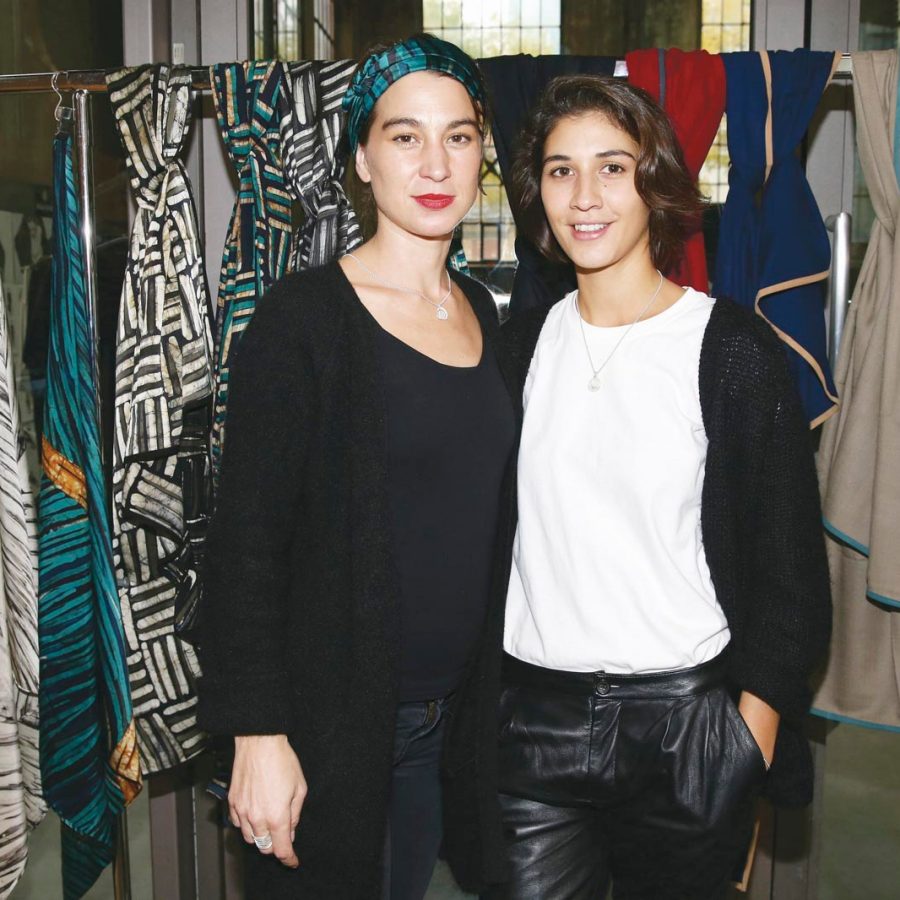
Credit: Vittorio Zunino Celotto/Getty Images
Explore Colombo and you’ll see what she means. The city now boasts a bevy of chic addresses worthy of the most stylish Parisian or Hongkonger’s time. PR, for example, stocks noteworthy brands like hip batik designer Sonali Dharmawardena; Kûr by Kasuni Rathnasuriya; U by Upeksha; and MAUS, Fernando’s own two-year-old collection of tailored separates designed and manufactured in Sri Lanka. But you’ll also discover up-and-coming brands that are creatively reinterpreting Sri Lankan traditions: Touché, a duo of Franco Italian designers who produce their feminine frocks exclusively in Sri Lanka; Kinsfolk, a partnership between two Zurich-based Sri Lankan sisters and local craftsmen; and Conscience, a line of tropical organic cotton clothing with social responsibility at its heart.
It’s only natural that many young Sri Lankan designers, raised amid political turmoil, would incorporate social consciousness into their fashion. Colombo’s prestigious Academy of Design launched the Sri Lanka Design Festival in 2009, just as the war was coming to a close, partly with the goal of preserving Sri Lanka’s rich craft heritage and creating jobs in the war-ravaged hinterlands by connecting traditional artisans with international businesses. Last year, the group launched Fashion Market.LK, an online store selling the fashion lines of 18 promising Sri Lankan designers who are also committed to sustainability. The web business takes care of logistics like payment and delivery, giving the designers more time to create. Meanwhile, the Academy of Design’s in-house brand, Island Craft, sold in its Colombo campus boutique, takes Sri Lanka’s longstanding tie-dye, batik and handloom weaving traditions and creates highly wearable, well-priced frocks that help to support local artisans.
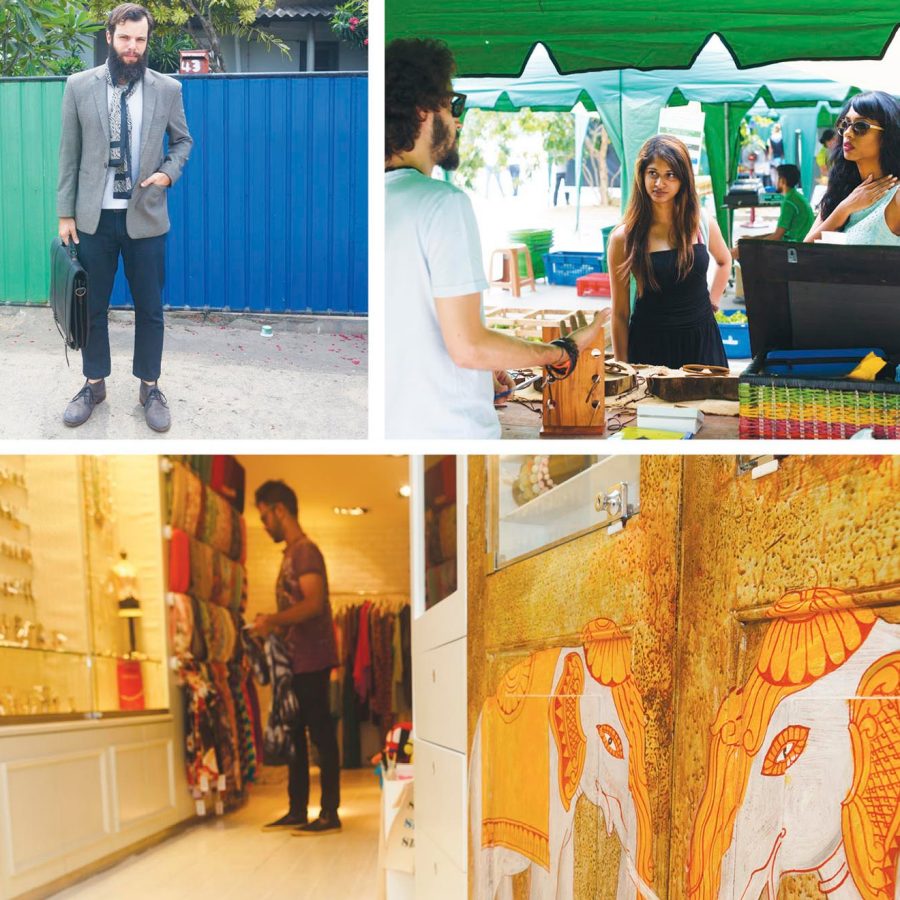
Credit: Kesara Ratnavibhusbana
This dual mission of preservation and progress is at the heart of M Fact, a new line on the hangers at Barefoot, Colombo’s most durable, recognisable retail brand. To join this wave of post-war creativity and risk-taking, Barefoot’s chief executive, Dominic Sansoni, tapped local talent Marisa Gnanaraj almost straight out of Raffles Bangkok design school. ‘He gave me the freedom to challenge and reimagine this local icon’s most inherent concepts,’ she says. ‘I am not sure there would have been much market for this during the war.’ M Fact’s colourful, well-cut styles juxtapose Barefoot’s classic handloom cotton fabrics with Gnanaraj’s designs, which play with optical illusions.
‘Our fashion scene is showing great progress,’ says Anjuli Flamer-Caldera, CFW’s executive director. Proving her point, this oft-photographed walking advertisement for her nation’s fashion future lists some of the most promising participants in ArtWalk, an annual event that sends fashion and art down runways. Keep an eye out, she says, for names like Kazun Jayasinghe, Kavan Balasuriya and Chamara Wijesinghe. ‘But don’t talk of war. It’s a sad, old story. The future of Sri Lanka is far more fashionable.’
Hero image: Ishara S.KODIKARA/AFP/Getty Images
Shop Colombo: Horton Place
The wide, tree-lined boulevards of Cinnamon Gardens are as cosmopolitan as you’ll find in Sri Lanka’s capital city, and in this ritzy residential district lies shady Horton Place. Some of Colombo’s best boutiques are hidden here, and the street is also just a stone’s throw from Green Path, a leafy walkway bordering Viharamahadevi Park – the city’s largest green space – where emerging local artists pin up their colourful creations for sale.
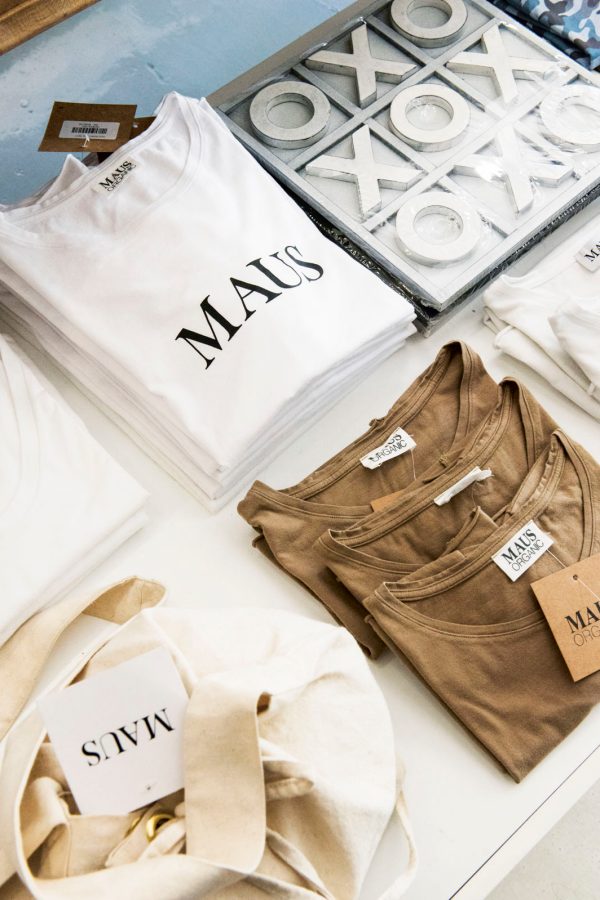
PR: The place to stock up on Sri Lankan designer clothing brands such as MAUS, ANUK, Sonali Dharmawardena and Conscience.
Credit: Vithushan Vijayakumar
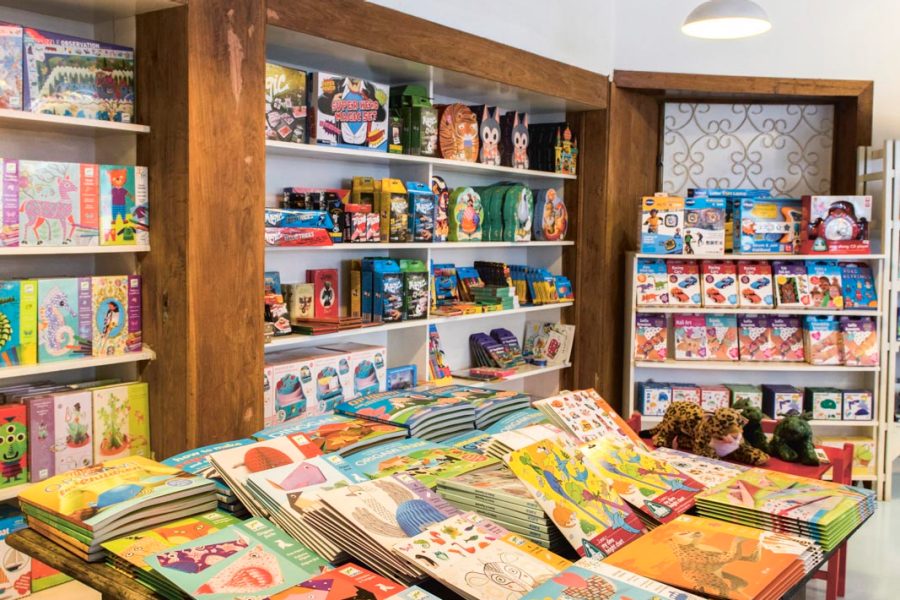
Milk & Honey: A cafe-boutique selling children’s games, books, toys and clothes, plus cookbooks and healthy preserves.
Credit: Vithushan Vijayakumar
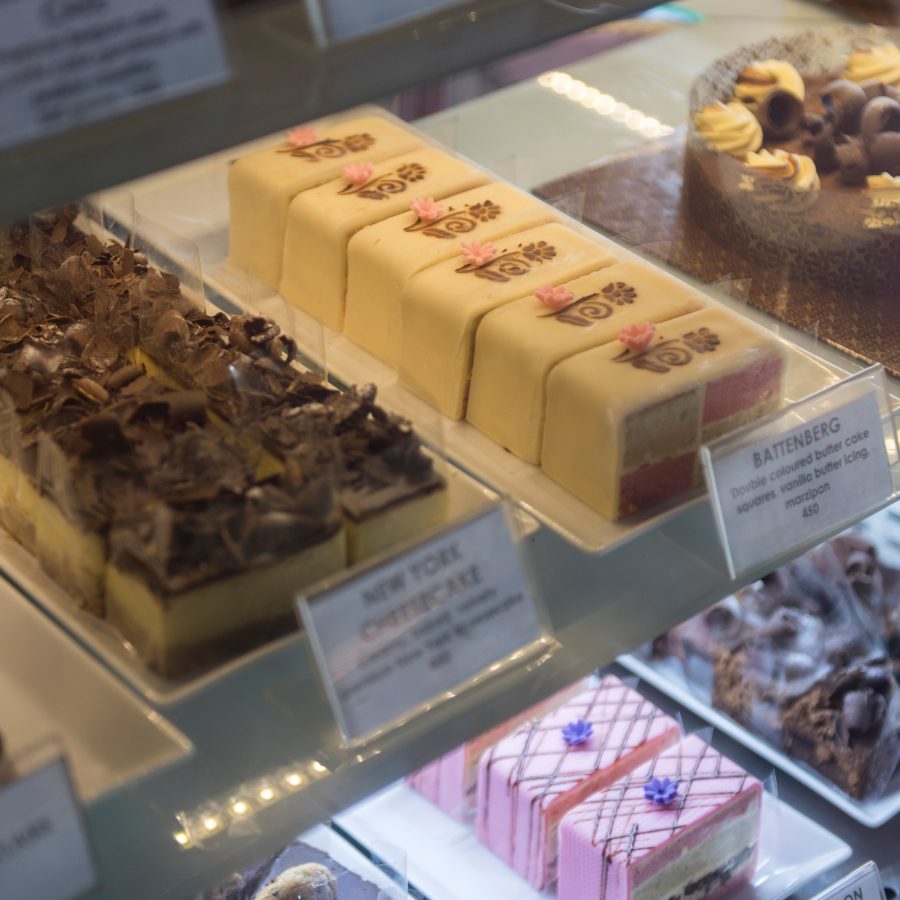
Gerard Mendis Chocolatier: Moreish chocolates, milk toffees, pastries, macarons and cakes crafted by a locally lauded chocolatier.
Credit: Vithushan Vijayakumar
Colombo travel information
- China – the Chinese Mainland, Hong Kong SAR, Macao SAR and Taiwan Region
- Hong Kong SAR - English
- Chinese Mainland (China) - English
- Taiwan, China - English
- 香港特別行政區 - 繁體中文
- 中国內地 - 简体中文
- 中國台灣 - 繁體中文
- Africa
- South Africa - English
- Americas
- Canada - English
- Canada - Français
- United States - English
- Asia
- Bangladesh - English
- Korea - English
- Singapore - English
- Cambodia - English
- 한국 - 한국어
- Sri Lanka - English
- India - English
- Malaysia - English
- Thailand - English
- Indonesia - English
- Maldives - English
- ประเทศไทย - ภาษาไทย
- Indonesia - Bahasa Indonesia
- Myanmar - English
- Vietnam - English
- Japan - English
- Nepal - English
- Việt Nam - tiếng Việt
- 日本 - 日本語
- Philippines - English
- Australasia
- Australia - English
- New Zealand - English
